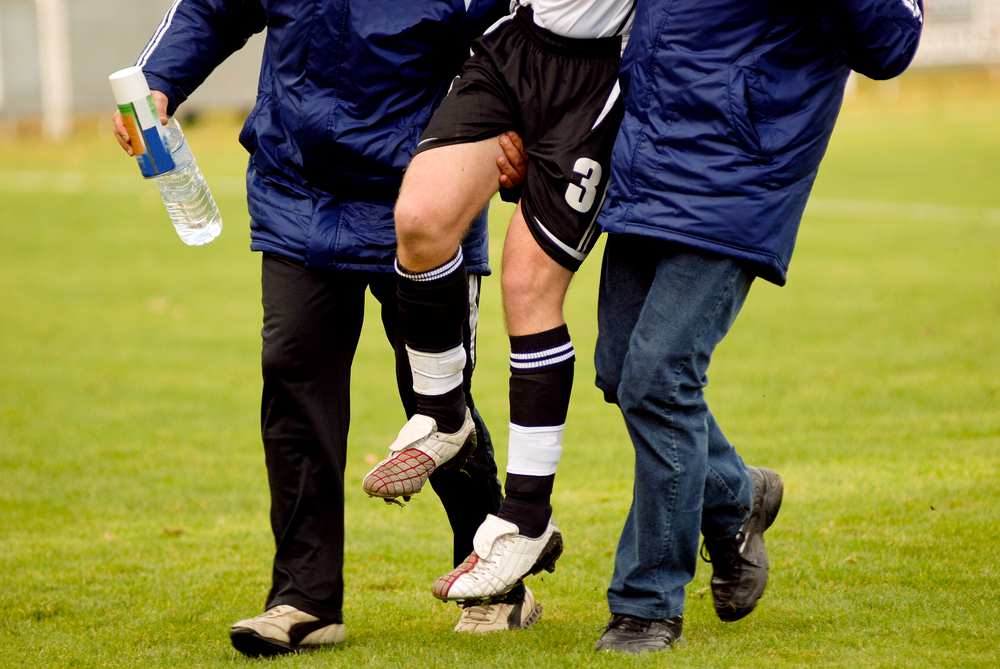People participate in sports for the thrill, for fitness, to relieve stress and to test one’s limits.
Testing or exceeding those limits, however, often results in injuries requiring hospitalisation — and possibly even death. The Australian Institute of Health and Welfare examined the number of significant injuries, including those with a high risk of death, per sport and revealed some statistics of interest to our industry.
The report, entitled “Australian sports injury hospitalisations – 2011-12,”1 documents the sporting activities that can lead to a range of injuries requiring hospitalisation and potential short- or long-term disablement. (It did not track injuries treated in emergency departments and other health care settings not resulting in hospitalisation.) The report complements an earlier article we shared in the March 2014 issue of ReView on the insurance implications of the increase in traumatic brain injuries (TBI) in sport by looking at serious injuries in various parts of the body. Taken together, these reports give us a picture of the risks assumed by professional and amateur competitors and the potential impact to insurers. We thought it worthwhile to bring the following key points to your attention.
The game’s the thing: overall findings
Motor sports, football and water sports accounted for 47% of all sports injury hospitalisations.
- Of the top 10 sports where injuries required hospitalisation, football-related injuries
made up 33.9% of the total, but notably the top 10 also included cycling (8%),
wheeled motor sports (7.6%) and equestrian activities (4.3%). - Fractures accounted for nearly half of all sporting injuries sustained, with the most
affected areas being the knee and lower leg, elbow and forearm, and wrist and hand. Interestingly, 11% of fractures affected the head. - One in 10 injuries admitted to the hospital was considered a high threat to life. A
high threat to life is when the predicted mortality risk is 6% or higher. - Fortunately, only 31 people died in hospital in 2011-12
from a sports-sustained injury.
Football–related injuries
- The various codes of football played in Australia accounted for about one-third of all sports injury hospitalisations.
- Of the football codes, the top three relative percentages of football-related hospitalisations in 2011-12 were for Australian Rules football (26%), soccer (24.2%), and “Football, Other” and “Unspecified” (23.1%). (The “Other” group includes American tackle, Gaelic football and Gridiron, but excludes rugby union, league and touch football.)
- The mean length of stay (MLOS) in hospital after a rugby-related injury was 1.7 days, Australian Rules football was 1.5 days, soccer was 1.8 days, and touch football was 1.5 days.
Wheeled motor sports injuries
How dangerous is involvement in wheeled motor sports? According to a Participation in Sport and Physical Recreation, Australia (PSPRA) survey3 the participation-based sports injury hospitalisation rate for motor sports was high compared to that for other sports.
- The mean length of stay (MLOS) in hospital after a wheeled motor sports injury was 3.5 days.
- The total number of hospital days spent by patients attributable to wheeled motor sports injury was 9,637. This was the highest number of days spent by patients associated with any of the sports covered in the report. (By comparison, the average number of days in the hospital for rugby, soccer and football is around 1.5 days).
Cycling injuries
- Sports cycling-related hospitalisations show a substantial increase in such injuries, particularly in ages over 45. This may be reflective of an increasing participation rate in that age group. Fractures were the most common type of injury, accounting for over half (55%) of cases. The next most common injury types were open wounds (12%) and intracranial injury (9%). The head was the most frequently affected body region (20%). Compared with other sports, there were a relatively high proportion of cases where the injuries were assessed as presenting a high threat to life (25%).
Sports with highest threat to life injuries (based on participation rate per 1,000 persons)
- Sports cycling (25%), wheeled motor sports (24%) and equestrian activities (23%) had the highest proportion of high threat to life injuries out of all the total number of high threat to life cases.
- Of the football-related codes, the ones that experienced the highest threat to life injuries were rugby union and Australian Rules (5% of cases), and soccer (3% of cases).
- Of particular interest for those involved in risk assessment, the sports associated with the highest rates of life-threatening injuries based on participation rate were motor sports, roller sports (including in-line skating and rollerblading, roller skating, skateboarding and scooter riding in persons aged 15 years or over), and equestrian activities.
Much of the information contained within these and other available reports should be carefully analysed when insurers look to review either their underwriting guidelines for applicants involved in recreational and/or competitive sports or claims guidelines in respect of the prognosis and recovery rates for participants injured whilst participating in sports.


